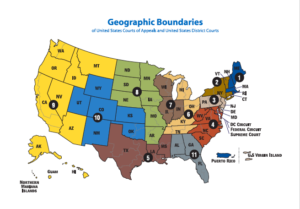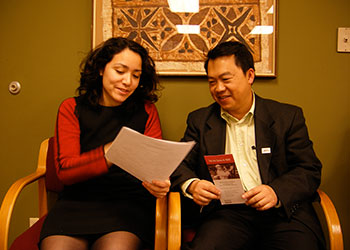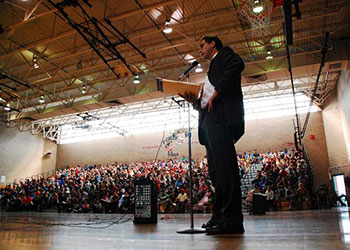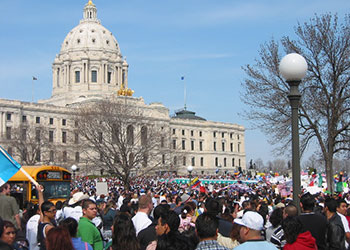News > Immigration In The United States
Judge rules in favor of sanctuary cities
Posted on Apr 28 2017

In a 49-page decision on April 25, U.S. District Judge William Orrick III issued a preliminary injunction against enforcement of President Donald Trump’s executive order penalizing sanctuary jurisdictions – section 9(a) of the executive order. The order came in a case brought by the city and county of San Francisco challenging Trump’s executive order and its enforcement by federal agencies. The injunction means there can be no action against sanctuary cities under the executive order while the case proceeds to a full hearing.
Judge Orrick said it was clear that the executive order meant to withhold federal funds for more than law enforcement:
“The rest of the Order is broader still, addressing all federal funding. And if there was doubt about the scope of the Order, the President and Attorney General have erased it with their public comments. The President has called it ‘a weapon’ to use against jurisdictions that disagree with his preferred policies of immigration enforcement, and his press secretary has reiterated that the President intends to ensure that ‘counties and other institutions that remain sanctuary cites don’t get federal government funding in compliance with the executive order.’”
The preliminary injunction applies not only in San Francisco, but nationwide. The injunction “does not impact the Government’s ability to use lawful means to enforce existing conditions of federal grants or 8 U.S.C. 1373, nor does it restrict the Secretary from developing regulations or preparing guidance on designating a jurisdiction as a ‘sanctuary jurisdiction.’”
White House chief of staff Reince Priebus called the ruling “the 9th Circuit going bananas” and said the administration will appeal.
President Donald Trump told the Washington Examiner that he “absolutely” has considered breaking up the Ninth Circuit – the federal circuit that includes California, Hawaii, and seven other western states. He called the Ninth Circuit “outrageous.”
Can the president break up the Ninth Circuit? Not really – any reorganization of federal district and appellate courts would have to go through Congress. That would take a long time, and it’s difficult to see how it would make any difference in the court decisions ruling various parts of Trump’s executive orders unconstitutional.
The federal court system starts with trial courts – the 94 district courts. The latest ruling came from a federal district court in San Francisco. An appeal – if there is one – would go to the Ninth Circuit Court of Appeals. So far, the sanctuary case has not reached the Ninth Circuit.
The Ninth Circuit is one of the 13 federal appellate courts, which hear appeals from district court decisions. Twelve of the circuits are based on geographic area, with the Ninth Circuit including California, Hawaii, Alaska and six other western states. The Appeals from Ninth Circuit (or any other federal appellate court) decisions go to the U.S. Supreme Court. The Thirteenth Circuit, the Federal Circuit Court of Appeals, hears patent law appeals, some administrative matters, and other subject matters set by Congress.
For more information:
- About Federal Courts (U.S. Courts website)
- One more move against sanctuary cities – and sanctuary cities resist (ILCM)
- Judge Blocks Trump Effort to Withhold Money From Sanctuary Cities (New York Times, 4/25/17)
- Federal Court In San Francisco Blocks Trump’s Threat Against Sanctuary Cities (NPR, 4/25/17)
- Department of Justice Sends Letter to Nine Jurisdictions Requiring Proof of Compliance with 8 U.S.C. 1373 (DOJ Press Release, 4/21/17)
- Text of DOJ letters to cities (4/21/17)
- Faced with San Francisco lawsuit, Trump lawyer backs down on sanctuary cities (Immigration Law Prof blog, 4/14/17)




